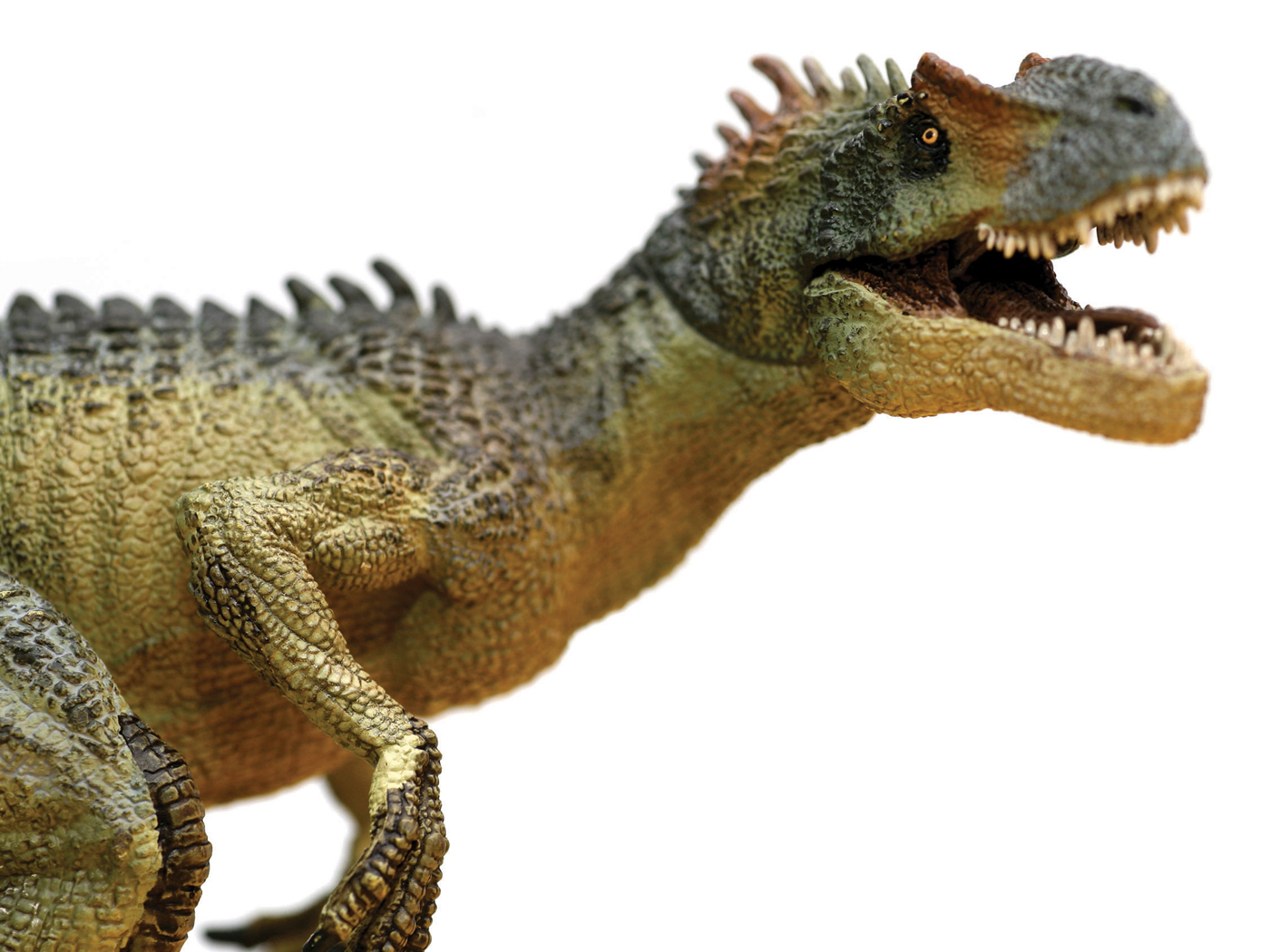The unique nature of the sun is causing many experts to scratch their heads.
Extensive studies show that most sun-like stars demonstrate about five times the magnetic activity of our sun. Others reveal that the stars most similar to our sun vary in brightness about twelve times more than the sun in a given solar cycle.1,2
In other words, the sun in our solar system is much more stable than other similar stars.
Why does this matter? New York Times writer Adam Mann describes what would happen if the magnetic activity of the sun were intensified like we see in other stars:
An unstable, magnetically hyperactive parent star would be catastrophic for life on planets orbiting that star. Having such a comparably stable, “boring” parent star makes it possible for life to exist on Earth. Even those who hold to an evolutionary worldview admit that the sun has been “stable and steadfast” for a long time,4 making everything that we see today possible.
But the question remains: Why? Why is the sun so different from other stars that share similar “masses, temperatures…chemical compositions and rotation periods”?
Secular scientists can’t agree on the answer. However, many are intellectually honest enough to admit that something special is going on. As solar physicist Ricky Egeland (employed by the National Center for Atmospheric Research) said, “It may be no coincidence that we live around a very inactive star.”1
He’s absolutely right: it’s not a coincidence. There is obvious design in nature, but we only have two options regarding who, or what, is responsible for that design.
Secular scientists, rejecting Scripture’s guidance on how to understand creation, postulate that this apparent design is an illusion. However, biblical creationists correctly recognize that the amazing design is real, and that the even-more-amazing Designer is the God of the Bible.5
As ICR’s Dr. Randy Guliuzza has stated on multiple occasions, secular science and evolutionary theory do not remove the concept of intelligent agency from our universe. They simply transfer the credit from the Creator to the creation, saying that nature is, in fact, responsible for actions and operations that were (or are) actually performed by the living God.6
The fact that we live near an incredibly stable star is not a wonderful, mysterious accident of nature. It is the genius of a creative Being who designed the sun to be a blessing, as it “rules the day.”5
References
1. Algar, J. Our sun’s power is stable and steadfast, scientists find. Tech Times. Posted on techtimes.com August 29, 2014, accessed May 1,2020.
2. The solar cycle is an extremely tiny, almost imperceptible, variation in the sun’s brightness over an eleven year period. This periodic change in brightness is accompanied by a change in the number of sunspots on the sun’s surface.
3. Mann, A. There’s Something Special About the Sun: It’s a Bit Boring. New York Times. Posted on nytimes.com April 30, 2020, accessed May 5, 2020.
4. Secular scientists think the sun’s power output has been steady for at least a hundred thousand years. Although creation scientists dispute these vast ages, the fact remains that, by any reckoning, our sun is a very stable star.
5. Genesis 1:16. In fact, the apostle Paul indicates that a failure to give God credit for His creation, despite our opportunity to see and evaluate it as unambiguous proof of His creatorship, is to do so “without excuse” (Romans 1:19-20).
6. Guliuzza, R. J. 2011. Darwin’s Sacred Imposter: Natural Selection’s Idolatrous Trap. Acts & Facts. 40(11): 12-15. See also, regarding the problem of animistic mysticism parading as “science” falsely so-called, Guliuzza, R. 2010. Natural Selection Is Not ‘Nature’s Design Process'. Acts & Facts. 39(4):10-11; Guliuzza, R. 2011. Darwin’s Sacred Imposter: How Natural Selection Is Given Credit for Design in Nature. Acts & Facts. 40(7):12-15.
*Lauren Pennington is Volunteer Coordinator at the ICR Discovery Center for Science & Earth History.












